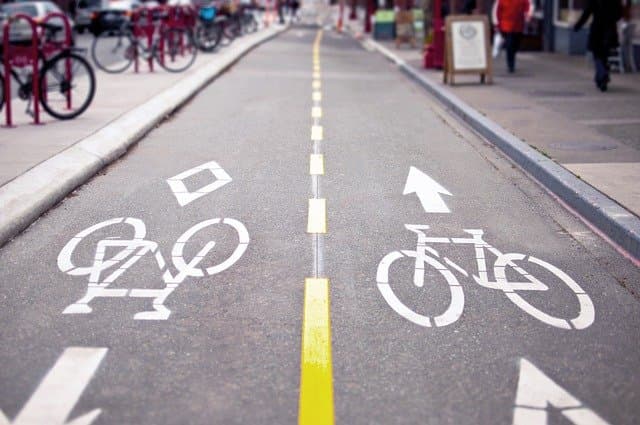Pollution, climate change, disappearance of biodiversity, depletion of fauna and flora, etc. The negative impacts of the frequent use of thermal vehicles on the environment are multiple and non-negligible. However, people continue to travel by car and many do not yet understand the interest of moving towards a soft mobility.
The dominance of the thermal car
Table of contents
ToggleAs we speak, the car remains effectively dominant in towns as well as in rural and peri-urban areas. This highly polluting means of transport is the dominant mode of transport for daily journeys.
Most working people use the car to get to work, to run errands, to go to a meeting and to travel. This is why road traffic consists mainly of private cars and light commercial vehicles.
The importance of different modes of transport
If we take into account the results of the "Mobility of people" survey, 64,8% of French people used a car daily in 2008, compared to 63% in 2019. And the second mode of travel is walking with a percentage of 22,3% in 2008 and 23,5% in 2019.
Public transport comes third with a percentage of 8,3% in 2008 and 9,1% in 2019. Then there is the bike which remained stable over the same periods with a percentage of 2,7%.
The proliferation of soft mobility solutions since the first Vélib'
However, it should be noted that soft mobility solutions have multiplied in the city since the first Vélib'. More and more French people are aware of the impact of their travel on the environment as well as the importance of sustainable mobility. In fact, the French were more interested in cycling, scooter, carpooling and carsharing.
In fact, the concept of soft mobility encompasses both active modes of mobility that call on human energy and the means of collective mobility or individual that contribute to the reduction of greenhouse gas emissions.
It is for this reason that the use of bicycles in urban areas for daily journeys has increased, particularly in city centers inhabited by more than 100 people and where 000% of the distances to be covered are less than 60 km.
As for shared mobility, it can be considered as a developing practice. Carpooling, for example, has a penetration rate of 30% among populations. And car rental between individuals is also starting to gain ground. Finally, don't forget self-carrying, urban sliding and bike sharing.

